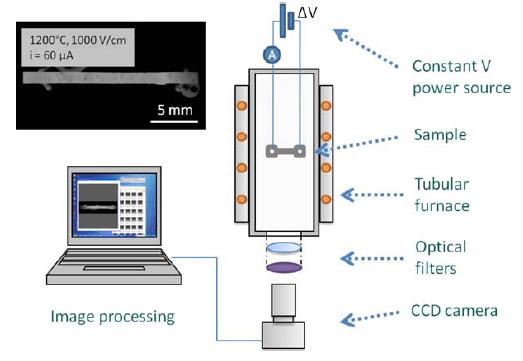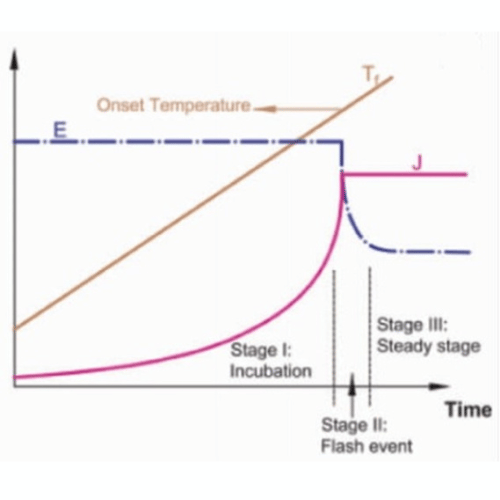Please call us for the price (Quote), thank you.
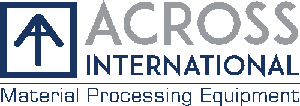
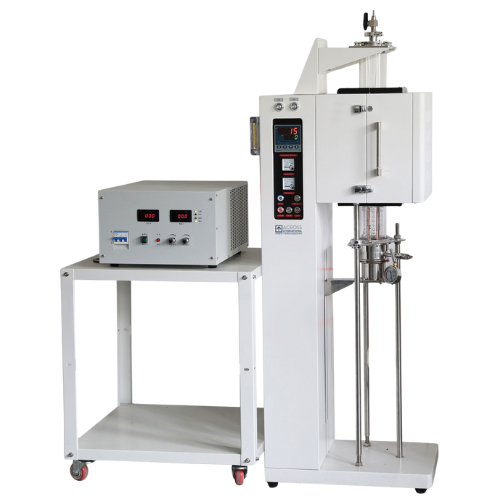
This is a Flash Sintering Furnace with preheating function, equipped with flash sintering power supply, through the electrode flange to introduce the current to the sample to apply an electric field, to achieve the Electric Current-Assisted Sintering (ECAS) processes, compared with the traditional ceramic sintering process, has the advantages of ultra-fast, energy-saving and conducive to the preparation of fine-grained ceramics, can be widely used in the flash sintering process of various ceramics.
Features
-
Vacuum: 1Pa (mechanical pump) or 5×10-4Pa (molecular pump)
-
Heating elements: molybdenum, platinum, tungsten, graphite can be selected. When choosing graphite as the heating element, the maximum heating temperature is 3000°C
-
The gap between the two heating elements can be adjusted to different sample thicknesses.
-
High-precision infrared thermometer is optional.
Safety
- Overheat protection shuts down the furnace if temperature is outside of acceptable range (refer to controller's manual) or when the thermocouple is broken or malfunctions.
- Power failure protection resumes furnace operation right after the point of failure when power is reestablished.
- Limit switch turns off furnace once top is open.
Warning! NEVER fill furnace with explosive gases, including Hydrogen, Carbon Monoxide and Methane.




.jpg)
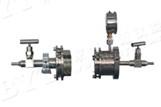
.jpg)

